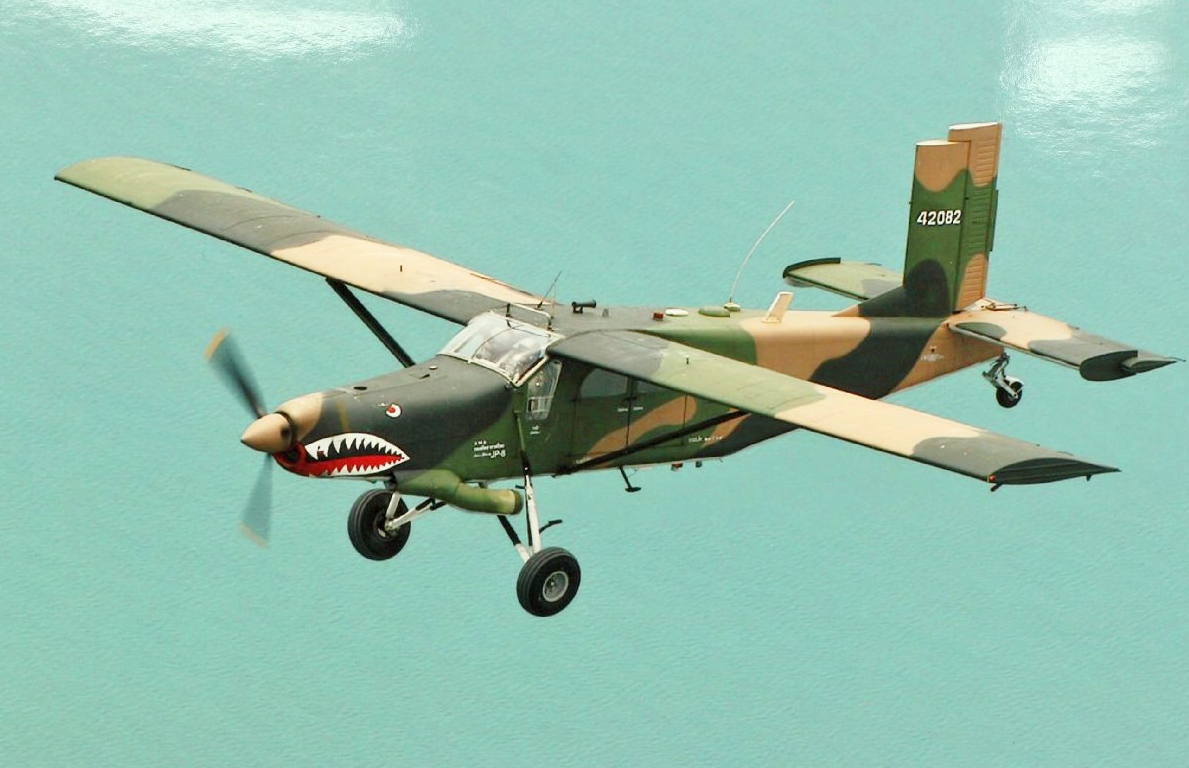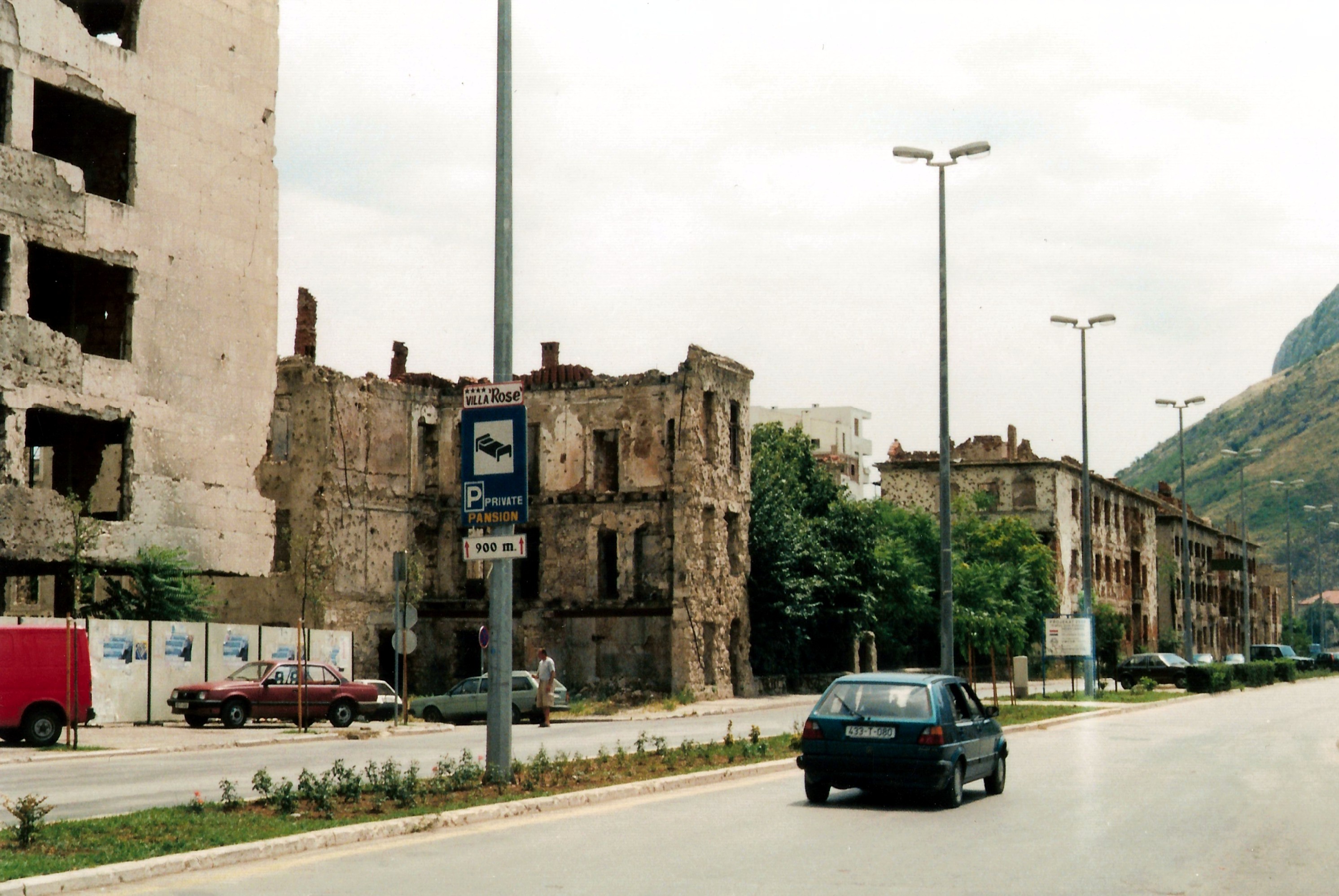|
Aeronautical Technical Institute
Aeronautical Technical Institute () was a Yugoslav design bureau for aeronautical research and design of military aircraft. It was established on August 10, 1946, by an order of the Supreme Commander of the Armed Forces of Yugoslavia, and was located in Žarkovo, Belgrade. It existed from 1946 to 1992 and was responsible for the design of the majority of Yugoslav military aircraft. Aircraft designed by the institute include the J-20 Kraguj, the G-2 Galeb, the G-4 Super Galeb, the J-22 Orao, the Lasta and the (cancelled) Novi Avion. After the dissolution of Yugoslavia and the Yugoslav People's Army (JNA), the Aeronautical Technical Institute was dissolved and assimilated into the Military Technical Institute (; abbr. {{lang, sr-Latn, VTI) in an effort to reduce developing cost and maintenance since both institutes were on Belgrade district territory. Some have characterized this assimilation as having a detrimental effect on the quality and volume of aeronautics-related researc ... [...More Info...] [...Related Items...] OR: [Wikipedia] [Google] [Baidu] |
Logo Of VTI Zarkovo
A logo (abbreviation of logotype; ) is a graphic mark, emblem, or symbol used to aid and promote public identification and recognition. It may be of an abstract or figurative design or include the text of the name that it represents, as in a wordmark. In the days of hot metal typesetting, a logotype was one word cast as a single piece of type (e.g. "The" in ATF Garamond), as opposed to a ligature, which is two or more letters joined, but not forming a word. By extension, the term was also used for a uniquely set and arranged typeface or colophon. At the level of mass communication and in common usage, a company's logo is today often synonymous with its trademark or brand.Wheeler, Alina. ''Designing Brand Identity'' © 2006 John Wiley & Sons, Inc. (page 4) Etymology Douglas Harper's ''Online Etymology Dictionary'' states that the first surviving written record of the term 'logo' dates back to 1937, and that the term was "probably a shortening of logogram". History Numerous ... [...More Info...] [...Related Items...] OR: [Wikipedia] [Google] [Baidu] |
Utva Aviation Industry
Utva Aviation Industry (), commonly known as UTVA is a Serbian manufacturer of general aviation aircraft, subsidiary of Yugoimport SDPR, headquartered in Pančevo. History Utva was founded on 5 June 1937 in Zemun, since 1940 located in Pančevo, produced simple gliders. In 1939 Utva began manufacturing light piston engine aircraft. During the NATO bombing of Yugoslavia The North Atlantic Treaty Organization (NATO) carried out an aerial bombing campaign against the Serbia and Montenegro, Federal Republic of Yugoslavia during the Kosovo War. The air strikes lasted from 24 March 1999 to 10 June 1999. The bombing ... in 1999, the factory was heavily damaged. In 2017, Serbian defence company Yugoimport SDPR became the majority stakeholder of Utva with around 96% of total shares. Products Aircraft Gliders Unmanned aerial vehicles See also * Aero East Europe Sila * Defense industry of Serbia * Aircraft industry of Serbia References Footnotes Notes Extern ... [...More Info...] [...Related Items...] OR: [Wikipedia] [Google] [Baidu] |
Missiles
A missile is an airborne ranged weapon capable of self-propelled flight aided usually by a propellant, jet engine or rocket motor. Historically, 'missile' referred to any projectile that is thrown, shot or propelled towards a target; this usage is still recognized today with any unguided jet- or rocket-propelled weapons generally described as rocket artillery. Airborne explosive devices without propulsion are referred to as shells if fired by an artillery piece and bombs if dropped by an aircraft. Missiles are also generally guided towards specific targets termed as guided missiles or guided rockets. Missile systems usually have five system components: targeting, guidance system, flight system, engine, and warhead. Missiles are primarily classified into different types based on firing source and target such as surface-to-surface, air-to-surface, surface-to-air and air-to-air missiles. Terminology Missile is derived from Latin "missilis" meaning "that may be thro ... [...More Info...] [...Related Items...] OR: [Wikipedia] [Google] [Baidu] |
Supersonic Wind Tunnel
A supersonic wind tunnel is a wind tunnel that produces supersonic speeds (1.2 Power requirements The power required to run a supersonic wind tunnel is ...[...More Info...] [...Related Items...] OR: [Wikipedia] [Google] [Baidu] |
Water Tunnel (hydrodynamic)
A water tunnel is an experimental facility used for testing the hydrodynamic behavior of submerged bodies in flowing water. It functions similar to a recirculating wind tunnel, but uses water as the working fluid, and related phenomena are investigated, such as measuring the forces on scale models of submarines or lift and drag on hydrofoils. Water tunnels are sometimes used in place of wind tunnels to perform measurements because techniques like particle image velocimetry (PIV) are easier to implement in water. For many cases as long as the Reynolds number is equivalent, the results are valid, whether a submerged water vehicle model is tested in air or an aerial vehicle is tested in water. For low Reynolds number flows, tunnels can use oil instead of water. The advantage is that the increased viscosity will allow the flow to be a higher speed (and thus easier to maintain in a stable manner) for a lower Reynolds number. Often, a tunnel will be co-located with other experimental f ... [...More Info...] [...Related Items...] OR: [Wikipedia] [Google] [Baidu] |
Cavitation
Cavitation in fluid mechanics and engineering normally is the phenomenon in which the static pressure of a liquid reduces to below the liquid's vapor pressure, leading to the formation of small vapor-filled cavities in the liquid. When subjected to higher pressure, these cavities, called "bubbles" or "voids", collapse and can generate shock waves that may damage machinery. These shock waves are strong when they are very close to the imploded bubble, but rapidly weaken as they propagate away from the implosion. Cavitation is a significant cause of wear in some engineering contexts. Collapsing voids that implode near to a metal surface cause cyclic stress through repeated implosion. This results in surface fatigue of the metal, causing a type of wear also called "cavitation". The most common examples of this kind of wear are to pump impellers, and bends where a sudden change in the direction of liquid occurs. Cavitation is usually divided into two classes of behavior. ''In ... [...More Info...] [...Related Items...] OR: [Wikipedia] [Google] [Baidu] |
Subsonic And Transonic Wind Tunnel
Transonic wind tunnels, between , are designed on similar principles as subsonic tunnels but present additional challenges, primarily due to the reflection of shock waves from the walls of the test section. To mitigate this, perforated or slotted walls are used to reduce shock reflection. In transonic testing, both Mach number and Reynolds number are critical and must be properly simulated. This often necessitates the use of large-scale facilities and pressurized wind tunnel, pressurized or cryogenic wind tunnels. These tunnels are crucial for studying aerodynamic properties of objects at speeds approaching and surpassing the speed of sound, such as high-speed aircraft and spacecraft during critical phases of flight. Closed wind tunnel In a return-flow wind tunnel, the return duct must be properly designed to reduce the pressure losses and to ensure smooth flow in the test section. Transonic tunnel High subsonic wind tunnels, between Mach 0.4 and 0.75, and transonic wi ... [...More Info...] [...Related Items...] OR: [Wikipedia] [Google] [Baidu] |
Counter-insurgency Aircraft
Counter-insurgency aircraft or COIN aircraft are a specialized variety of military light attack aircraft, armed with aircraft artillery and/or portable rockets and designed for counter-insurgency operations, armed reconnaissance, air escort of ground forces, and ground support against " low-intensity engagements"; usually irregular groups of insurgents. Roles Some of the roles carried out by counter-insurgency aircraft include: *Transportation in support of combatants and civilians alike, including casualty evacuation (CASEVAC). *Intelligence gathering, surveillance, and reconnaissance. * Psychological operations (PSYOPs) through leaflet drops, loudspeakers, and radio broadcasts. *Air-to-ground attack against soft targets. For an aircraft—whether fixed-wing or rotary—to effectively carry out all these roles, it should have specification characteristics such as low loitering speed, long endurance, simplicity in maintenance, and the capability to perform short or ver ... [...More Info...] [...Related Items...] OR: [Wikipedia] [Google] [Baidu] |
Utva Lasta
The Utva Lasta 95 (from , and , lit. 'swallow') is a light military trainer aircraft produced by Utva Aviation Industry, subsidiary of Yugoimport SDPR. It is a tandem two-seater low-wing trainer with a metal airframe. The aircraft is capable of basic training functions including aerobatics, instrument and tactical flying, as well as basic training in use of weapons. The first prototype of ''Lasta 1'' flew on 2 September 1985, while the first prototype of the current version, ''Lasta 3'', flew on February 26, 2009. ''Lasta'' is the Serbian word for barn swallow. Design and development The Lasta was originally developed to be a replacement of the Utva 75 and, partially, Soko G-2 Galeb, which had been the most commonly used trainer aircraft of the Yugoslav Air Force up until 1991. The first prototype ''Lasta 1'' was completed by the spring of 1985. Following completion of the initial testing phase, the first flight was achieved on September 2, 1985. In January 1989, design of a mo ... [...More Info...] [...Related Items...] OR: [Wikipedia] [Google] [Baidu] |
Pančevo
Pančevo (Serbian Cyrillic: Панчево, ; ; ; ; ) is a list of cities in Serbia, city and the administrative center of the South Banat District in the autonomous province of Vojvodina, Serbia. It is located on the shores of rivers Timiș (river), Tamiš and Danube, in the southern part of Banat region. Since the 2022 census 115,454 people have been living in the Pančevo administrative area. Pančevo is the third largest city in Vojvodina and the seventh largest in Serbia by population. Pančevo was first mentioned in 1153 and was described as an important mercantile place. It gained the status of a city in 1873 following the disestablishment of the Military Frontier in that region. For most of its period, it was part of the Kingdom of Hungary and after 1920 it became part of the Kingdom of Yugoslavia, Kingdom of Serbs, Croats and Slovenes, which was renamed in 1929 to Yugoslavia. Since then with one Territory of the Military Commander in Serbia, interruption it was part of s ... [...More Info...] [...Related Items...] OR: [Wikipedia] [Google] [Baidu] |
Mostar
Mostar () is a city and the administrative centre of Herzegovina-Neretva Canton of the Federation of Bosnia and Herzegovina, an entity of Bosnia and Herzegovina, and the historical capital of Herzegovina. Mostar is situated on the Neretva River and is the fifth-largest city in the country. Mostar was named after the bridge keepers (''mostari'') who guarded the Stari Most (Old Bridge) over the Neretva during the Ottoman Bosnia and Herzegovina, Ottoman era. The Old Bridge, a UNESCO World Heritage Site, commissioned by Suleiman the Magnificent in the 16th century, is one of Bosnia and Herzegovina's most visited landmarks, and is considered an exemplary piece of Islamic architecture in the Balkans. History Ancient and medieval history Human settlements on the river Neretva, between Mount Hum (Mostar), Mount Hum and the Velež Mountain, have existed since prehistory, as witnessed by discoveries of fortified enceintes and cemeteries. Evidence of Roman people, Roman occupation was di ... [...More Info...] [...Related Items...] OR: [Wikipedia] [Google] [Baidu] |








